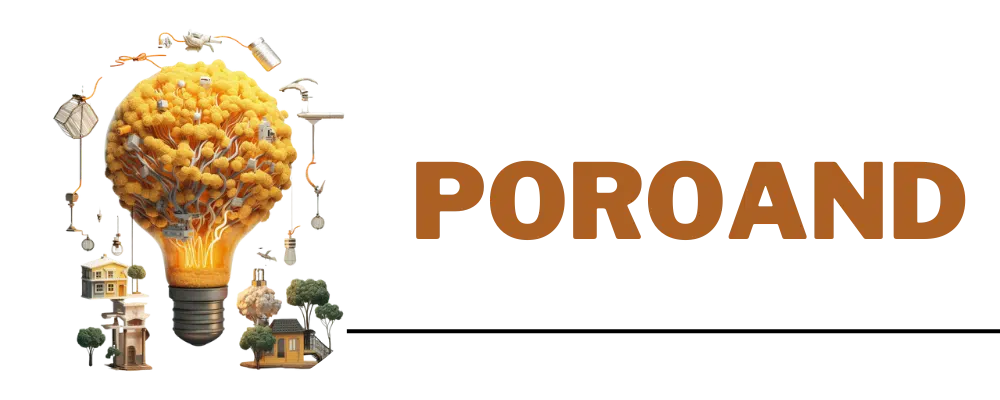Advertisements
Exploring the Best Parametric Design Tools. Parametric design has revolutionized the way engineers and designers conceive and develop products. In this fascinating world, several tools stand out for their versatility, power, and ability to transform ideas into reality. Let’s explore six of the leading solutions: CATIA, Solidworks, Fusion 360, Inventor, FreeCAD, and Grasshopper Rhino.
CATIA: Excellence in Design and Simulation
CATIA CATIA is a powerful design and simulation suite developed by Dassault Systèmes. Widely used in the aerospace and automotive industries, CATIA offers advanced capabilities for parametric modeling, simulation analysis, and collaborative design. Its comprehensive approach makes it a leading choice for complex engineering projects.
Advertisements
Solidworks: The Reference Tool for Mechanical Design
Developed by Dassault Systèmes, Solidworks Solidworks stands out as a benchmark in mechanical design and simulation. With its intuitive interface and robust tools, Solidworks enables engineers to create accurate parametric models and perform analysis efficiently. Its wide presence in various industries makes it a reliable choice.
Fusion 360: Innovation and Collaboration in the Cloud
Fusion 360 Autodesk has built a reputation for being an innovative and accessible cloud-based tool. With parametric design, simulation, manufacturing, and team collaboration capabilities, Fusion 360 is an attractive option for startups and professionals looking for a comprehensive solution that adapts to their evolving needs.
Advertisements
Inventor: Powerful and Efficient 3D Modeling
Another gem from Autodesk, Inventor, specializes in parametric 3D modeling and digital prototyping. With advanced features for complex assemblies and motion simulation, Inventor is a preferred choice for those looking for a tool focused on mechanical design efficiency.
FreeCAD: Open Source Parametric Design
FreeCAD stands out as an open-source parametric design option that offers powerful 3D modeling capabilities. Its active community and the flexibility of being free make it an attractive option for those looking for a no-cost parametric design tool with an open-source approach.
Grasshopper Rhino: Exploring Parametric Creativity
Grasshopper, a complement for RhinoGrasshopper is distinguished by its visual and algorithmic approach to parametric design. It is especially appreciated in architecture and advanced parametric design. Grasshopper allows users to experiment with visual algorithms to create unique shapes and structures, expanding the boundaries of parametric creativity.
Comparison of Key Factors:
- Complexity and Power:
- CATIA excels in complex engineering projects.
- Solidworks It is known for its power in mechanical design.
- Fusion 360 offers a balanced combination of power and innovation.
- Inventor focuses on efficiency for mechanical design.
- FreeCAD provides an open source option for parametric design.
- Grasshopper Rhino stands out in visual parametric creativity.
- Cost and Accessibility:
- FreeCAD stands out for being free and open source.
- Grasshopper Rhino requires Rhino, which may have an associated cost.
- CATIA, Solidworks, Fusion 360 and Inventor They usually have associated costs, varying according to needs.
- Versatility and Industrial Applications:
- CATIA and Solidworks They are prominent in industries such as aerospace and automotive.
- Fusion 360 stands out in startups and collaborative design.
- Inventor It is ideal for mechanical design and digital prototypes.
- Grasshopper Rhino shines in advanced parametric design and architecture.
Choice Based on Specific Needs:
The choice between these tools will depend on the specific needs of the project, the complexity of the design, the budget, and personal preference. Each of these solutions has left a significant mark on the world of parametric design, transforming the way we bring our ideas to life in the digital realm.
See Also:
Maya vs. 3ds Max: Differences in the Autodesk 3D Universe
Maya 3D: Forging Digital Worlds with Mastery
Adobe Creative Cloud: Creativity in the Cloud




